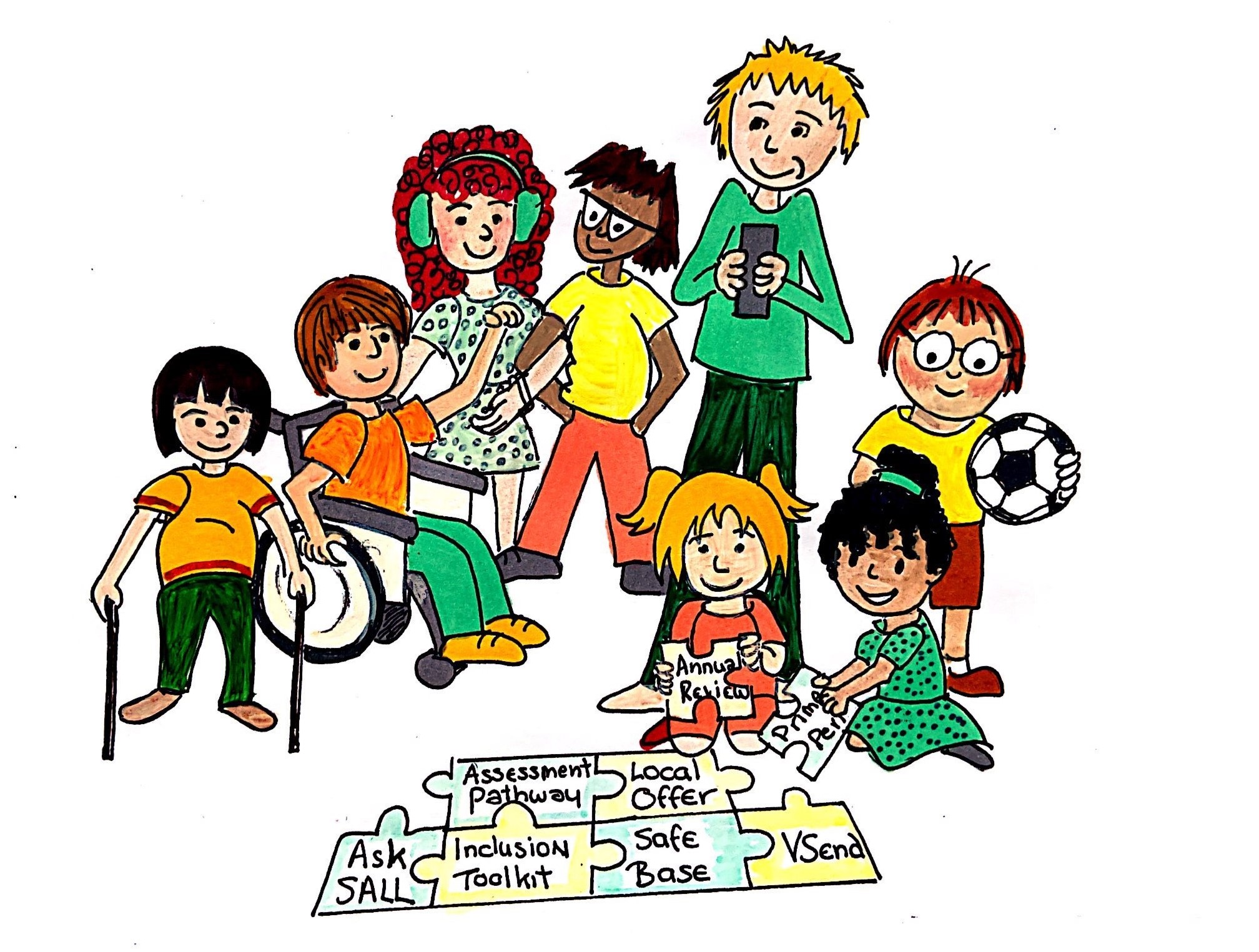Description of need
A medical diagnosis or a disability does not necessarily imply a special educational need. It may not be necessary for the student with any particular diagnosis or medical condition to have any form of additional educational provision at any phase of education, high needs funding or an Education Health and Care Plan. It is the child’s educational needs rather than a medical diagnosis that must be considered.
Some children and young people may have medical conditions that, if not properly managed could hinder their access to education. The Equality Act 2010 states that public bodies must not discriminate and must make reasonable adjustments for disabled children and young people. The definition of disability in the Equality Act includes children with long term health conditions. Children with medical conditions includes those with Asthma, Diabetes, Cancer, Arthritis, Epilepsy, severe allergies, Incontinence, Eczema, Cystic fibrosis, Tracheotomy, Colostomy and Ileostomy and mental health. (Mental health issues are covered in the SEMH section of this document.)
The SEN Code of Practice 2015 recognises that there is a significant overlap between disabled children and young people and those with SEN. Children and young people may therefore be covered by both SEN and disability legislation. For children and young people with medical needs schools must have regards to the new DfE guidance (2015)
The Equality Act and Reasonable Adjustments
The Equality Act (2010) replaced all existing equality legislation such as the Races Relation Act, Disability Discriminations Act and Sex Discrimination Act. The guidance document “The Equality Act 2010 and schools” provides advice and is the source of the following information.
“The law on disability discrimination is different from the rest of the Act in a number of ways. In particular, it works in only one direction – that is to say, it protects disabled people but not people who are not disabled. This means that schools are allowed to treat disabled pupils more favourably than non-disabled pupil, and in some cases are required to do so, by making reasonable adjustments to put them on a more level footing with pupils without disabilities. Provision for disabled pupils is closely connected with the regime for children with special educational needs.” Chapter 4 [of the guidance document] deals in detail with disability issues.”
Further information can be found on the Equality and Human Rights Commission.
The Equality Act defines disability as when a person has a ‘physical or mental impairment which has a substantial and long term adverse effect on that person’s ability to carry out normal day to day activities, Some specific medical conditions , HIV, multiple sclerosis and caner are all considered as disabilities, regardless of their effect. Long term is defined as lasting, or likely to last, for at least 12 months.


